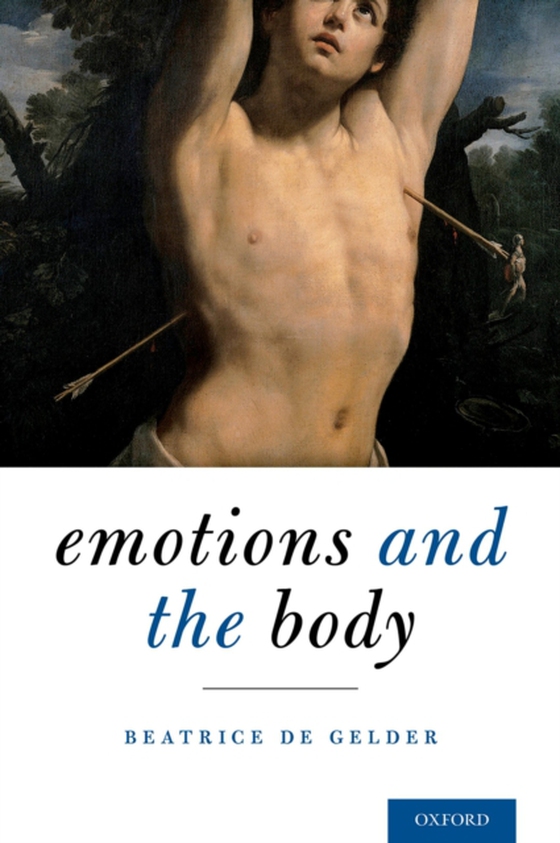
Emotions and the Body e-bog
875,33 DKK
(inkl. moms 1094,16 DKK)
The face has long been considered the gateway to understanding human emotion and cognition. Body language is an equally powerful means of communication, however. Although faces and bodies can express themselves in many similar ways, examining their differences may be the best way to learn how bodies communicate. Exploring the body's role in perceiving and expressing emotion has opened broad new...
E-bog
875,33 DKK
Forlag
Oxford University Press
Udgivet
15 januar 2016
Genrer
Psychology: emotions
Sprog
English
Format
pdf
Beskyttelse
LCP
ISBN
9780199705719
The face has long been considered the gateway to understanding human emotion and cognition. Body language is an equally powerful means of communication, however. Although faces and bodies can express themselves in many similar ways, examining their differences may be the best way to learn how bodies communicate. Exploring the body's role in perceiving and expressing emotion has opened broad new avenues for research in cognitive neuroscience. Emotions and the Body discusses the neural basis and temporal processing signatures of emotional body language by drawing on state-of-the-art research in the neuropsychology of emotional face and body disorders. Beatrice de Gelder explores a range of fascinating questions such as: How do facial and bodily expressions interact? What role does emotional body language play in social interaction? If body language is perceived even with limited attention and reduced visual awareness, as studies with patients have shown, then what is the nature of emotional experience, and how is awareness affected? Are some cultures less expressive in their body language? And are there notable gender and cultural differences in emotional body language, as is the case for facial expressions?Research on emotional body language shows that emotions are tools for adaptive action, and that they allow us to predict interactions with real, imagined, and virtual others. These data prompt de Gelder to consider virtual bodies as well as physical ones, including avatars and robots. The wide-ranging implications of her study will appeal especially to scholars and students of cognitive neuroscience, but also to those working in such related fields as information and communication technology, computer science, animation, and robotics.
 Dansk
Dansk

